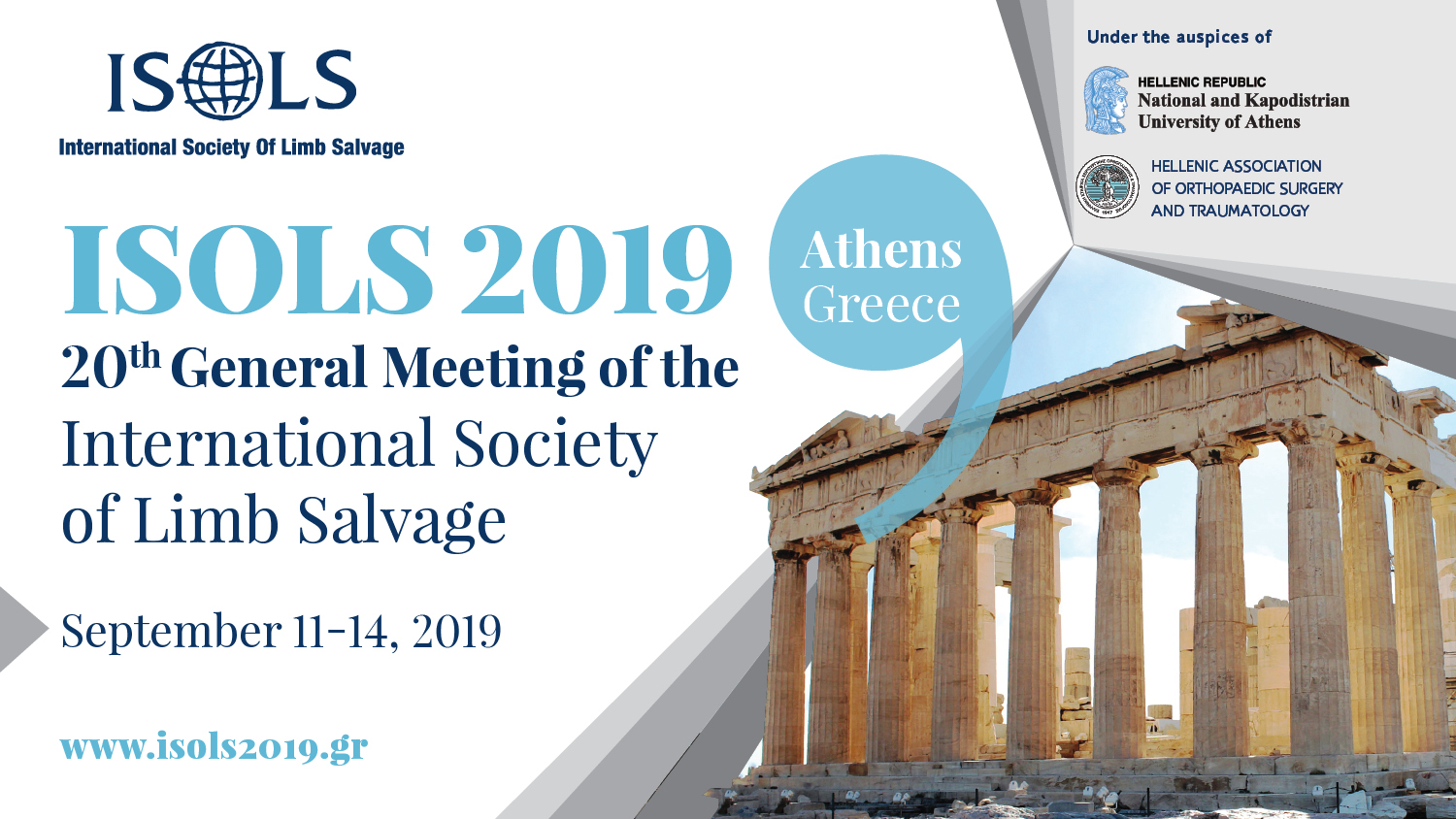Successful treatment of aggressive aneurysmal bone cyst of the pelvis with serial embolization.
Orthopedics. 2012 Jun 1;35(6):e963-8. doi: 10.3928/01477447-20120525-43.
Rossi G, Mavrogenis AF, Papagelopoulos PJ, Rimondi E, Ruggieri P.
Intralesional surgery is most commonly used for aneurysmal bone cysts. Rarely is en bloc resection used for active, aggressive, recurrent lesions and those located in expendable bones. However, persistence or recurrence of aneurysmal bone cysts is common. The clinical behavior of aneurysmal bone cysts is more aggressive in younger patients. Selective embolization is used as the primary treatment for aneurysmal bone cysts in surgically difficult anatomical locations and as an adjuvant to surgical treatment to reduce intraoperative blood loss and facilitate curettage.This article describes a 3-year-old boy with an aggressive aneurysmal bone cyst of the pelvis involving the right ischiopubic rami that achieved curative treatment with 3 embolizations with N-2-butyl-cyanoacrylate. Biopsy was diagnostic; however, the clinical course was misleading. Twenty days after the first embolization, despite complete occlusion of the feeding vessels, the patient experienced severe pain, increased size of the lesion, and lateral subluxation of the right hip. Based on the imaging and histological diagnosis, intralesional hemorrhage was assumed, and repeat embolization was performed. After the second embolization, the patient experienced perineal skin necrosis from normal vessel embolization; it was treated with wound dressing changes and healed uneventfully. A third embolization was performed because of a persistent lesion. Six years after treatment, the patient was symptom free, and imaging showed complete ossification of the cyst.Selective catheterization and occlusion of the feeding arteries with the appropriate embolic agent provide tumor devascularization, size reduction, pain relief, and induction of new bone formation. Multiple procedures are often necessary, and complications may occur.
Rossi G, Mavrogenis AF, Papagelopoulos PJ, Rimondi E, Ruggieri P.
Intralesional surgery is most commonly used for aneurysmal bone cysts. Rarely is en bloc resection used for active, aggressive, recurrent lesions and those located in expendable bones. However, persistence or recurrence of aneurysmal bone cysts is common. The clinical behavior of aneurysmal bone cysts is more aggressive in younger patients. Selective embolization is used as the primary treatment for aneurysmal bone cysts in surgically difficult anatomical locations and as an adjuvant to surgical treatment to reduce intraoperative blood loss and facilitate curettage.This article describes a 3-year-old boy with an aggressive aneurysmal bone cyst of the pelvis involving the right ischiopubic rami that achieved curative treatment with 3 embolizations with N-2-butyl-cyanoacrylate. Biopsy was diagnostic; however, the clinical course was misleading. Twenty days after the first embolization, despite complete occlusion of the feeding vessels, the patient experienced severe pain, increased size of the lesion, and lateral subluxation of the right hip. Based on the imaging and histological diagnosis, intralesional hemorrhage was assumed, and repeat embolization was performed. After the second embolization, the patient experienced perineal skin necrosis from normal vessel embolization; it was treated with wound dressing changes and healed uneventfully. A third embolization was performed because of a persistent lesion. Six years after treatment, the patient was symptom free, and imaging showed complete ossification of the cyst.Selective catheterization and occlusion of the feeding arteries with the appropriate embolic agent provide tumor devascularization, size reduction, pain relief, and induction of new bone formation. Multiple procedures are often necessary, and complications may occur.

